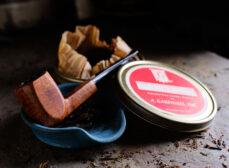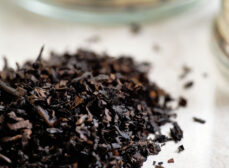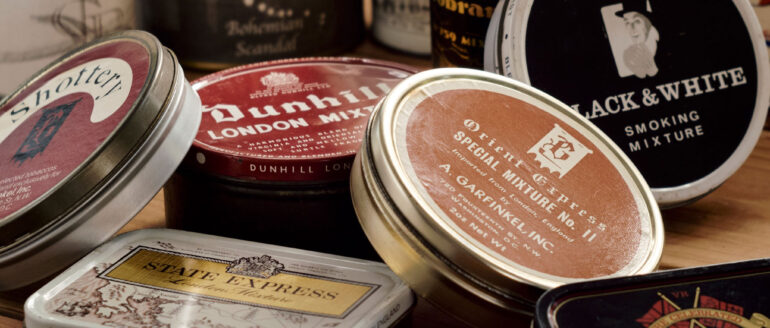
No, I’m not talking about me, though I struggle with the acceptance that the expression is at least beginning to be applicable. I’m talking about tobacco. It’s well established that I’ve long been a champion of aging tobacco. I’ve extolled its virtues, rattled on about cellaring strategies and what happens as microflora have their way with the leaf whilst nestled within their tiny sarcophagi. I’ve been known to do comparisons amongst various old tobaccos of different vintages, and to get almost poetic regarding recalled experiences of ancient blends. It’s true; I love old tobaccos. But, at least recently, that little affaire de coeur may not be necessarily exclusive.
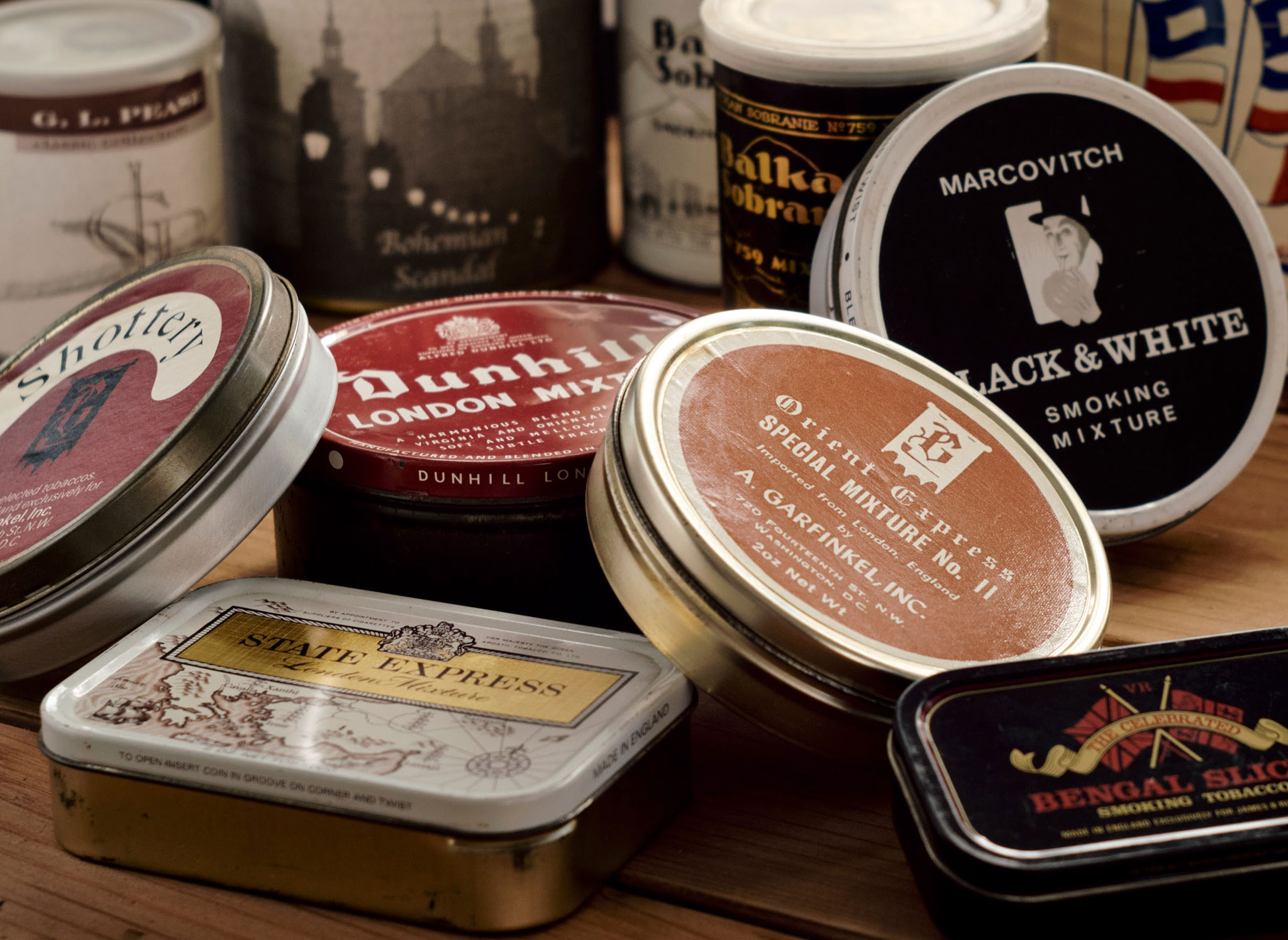
I enjoy drawing parallels between pipe tobacco and wine because I like them both, and because it’s rather easy to do, since these parallels are many. When I come across an interesting wine that’s affordable, I’ll buy several bottles, a case, perhaps two, depending on what I assess its aging potential to be. I’ll taste it in its youth, and then explore its evolution through the years. Sometimes, this doesn’t work out. Either I find myself enjoying its youthful exuberance so much that no bottles remain to enjoy their maturity. Other times, I wait too long, and the stuff takes an ungraceful journey over the hill. Either way, it’s just part of the game.
And while a tin of pipe tobacco will easily shrug off decades of relative neglect, most wines will get a bit tired, or worse, after five to seven years for reds, sooner for most whites, and in order to experience even that much longevity, they need to be kept at a cool, fairly constant temperature. Through the years, I’ve enjoyed a lot of vintage bottles. I’ve also had more than a few that were consigned to duty as expensive drain wash. It’s a rather bigger gamble than tobacco, but it’s a risk I’m willing to take.
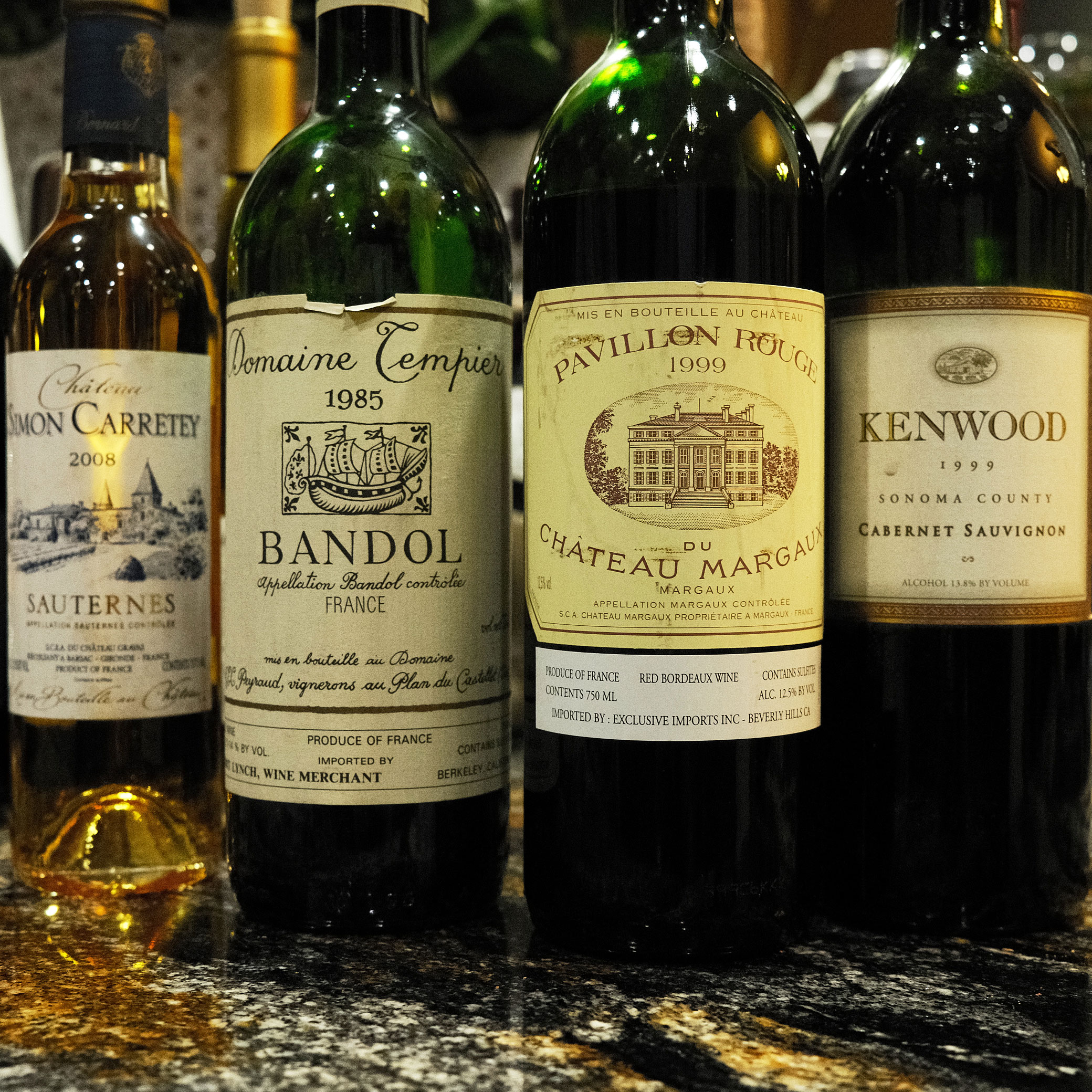
When I find an interesting tobacco, on the other hand, I can buy a couple tins, put one aside, and sample from the other over several weeks or months, getting a pretty good picture both of what it is, and what it is likely to become. If I like it, I might add a few more to the cellar. If not, I’ve got that second one to explore in a year’s time or so, in case it may change in a way that I like, or that my tastes may change, or that the appearance of giant white spy balloons might affect my sensibilities in unpredictable ways.
In any event, aging tobacco is a relatively safe gamble. Tobacco’s journey to dottage is a much longer one than that of all but the best wines from the best vintages, and its storage requirements are much less stringent; as long as it’s protected from temperature extremes and wild swings, it will remain pretty happy. Barring catastrophes like mold blooms (it happens to the best of blends—I recently lost a tin of State Express Rondells to the stuff) rust, or seal failures, in my experience, aging tobacco never makes it worse.
But lately, I’m finding some pretty deep fascination with young tobaccos. For a variety of reasons, over the past couple months, I’ve been opening and smoking tobacco from freshly minted tins. Some of these have been prototypes, others, current examples of old things. It’s been quite enlightening, especially revisiting some of my old standards that I generally smoke with a minimum of six months to a year under their belts, and often more than that. It started out innocently as a bit of investigation, adding data points to my understanding of the whole aging equation, but it quickly evolved into something more than that, as I found myself not only gaining some interesting insight, but also deeply enjoying it. Just as some young wines may lack the development and complexity of their older counterparts, yet exhibit a vibrancy and enthusiasm that can be attenuated with age, some tobaccos offer a similar experience.
One, a straight Virginia flake straight out of the cutter, displayed bright citrus notes, with a background of sweet clover, whereas the same tobacco when aged has deeper, darker undertones, with a more developed body and richer sweetness to support those brighter notes. Another, a light latakia mixture just a week old, was lively on the palate, with a soft campfire smokiness and virginias clearly dominating the orientals, while the same blend with only about 16 months of age has a much more prominent midrange of dark cocoa and figs, and the richness of the orientals get more of the spotlight. These differences were far from surprising. What did catch me off the pitch was just how much I liked the young leaf, and I think part of this was because I was taking a slightly different approach than I normally do.
Because I do tobacco things for a living, I’m too often tasting with an overly analytical brain engaged, forgetting that it’s okay to switch off that part of my noggin sometimes, and just kick back and enjoy a great smoke. What I found so interesting here, and immensely satisfying, was that I found myself more often doing just that—enjoying the tobacco for what it was in the moment, not thinking about how it could be better, comparing it with other things, or trying to predict what it might become. Don’t get me wrong. This isn’t going to turn into a chapter in Zen and the Art of Pipe Smoking, it’s just a casual observation that even after all these years, I’ve got stuff to learn about just kicking back and enjoying a pipe.
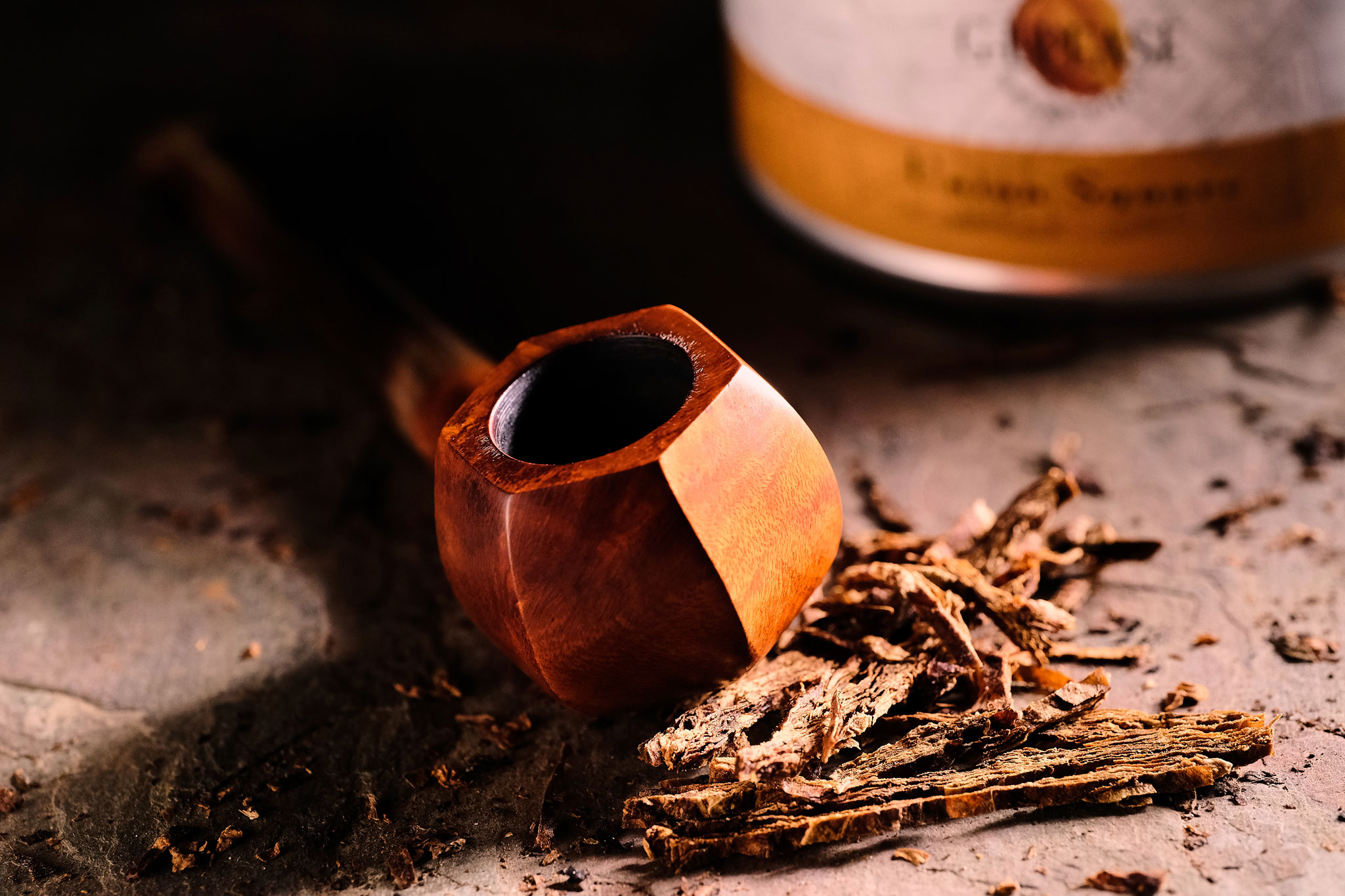
I still love aged tobaccos, and always will. I will continue to advocate cellaring and experiencing the blends we enjoy throughout the years to come, and also revisiting things we may be indifferent to, or even may not like today. After all, tobaccos and tastes both change, and today’s flat tire might be tomorrow’s checkered flag. But, I also like having my horizons widened, and just as I relish each year’s Beaujolais Nouveau for what it is, as a placeholder, a signpost of the vintage, I’m going to take what I’ve learned from this and continue trying blends in their youth as well, often and without prejudice. Who knows? Maybe it’ll help me recapture some of my own.
-glp
Photos by G.L. Pease





